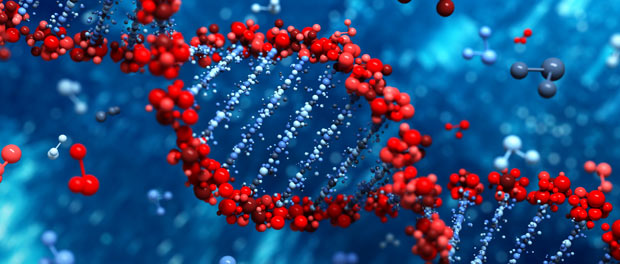
The concept of DNA library preparation after bisulfite conversion of DNA was originally introduced by Miura et al. (Nucleic Acids Res. 2012) and commercial products for post-bisulfite library preparation were first developed by Epigentek (EpiNext kit) and Epicentre (EpiGnome kit) in 2013, in order to increase sensitivity and reduce sample loss. The major application of post-bisulfite library preparation is whole genome bisulfite sequencing (WGBS) but, with just a slight change to the protocol, this method could also be used for reduced representation bisulfite sequencing (RRBS). Unfortunately, it may not be widely known that post-bisulfite library preparation could be applied to RRBS – in fact, some actually believe it cannot be done – but bringing to light how post-bisulfite library preparation could be successfully applied to RRBS with just a simple modification may offer new opportunities for researchers and their DNA methylation studies.
There are several benefits to using RRBS when assessing genome-wide DNA methylation status. This method – which pairs bisulfite conversion and next generation sequencing – enables researchers to carry out a cost-effective, targeted investigation of the genome by enriching CpG rich regions (CpG islands) in a representative sample. RRBS significantly reduces both the cost and scale of the experiment compared to traditional WGBS, proving especially useful to many researchers with practical considerations.
The main purpose of RRBS is to enrich the CpG islands by digesting the DNA with MspI restriction enzyme. Generally, the size range of 40-300 bp best represents the CpG rich regions and promoters. In traditional RRBS, library preparation and size selection occurs prior to bisulfite conversion. Now, let’s consider applying post-bisulfite library preparation to RRBS such that library preparation and size selection is performed after bisulfite conversion. The largest concern that should be addressed originates from the effects of the bisulfite treatment, leading to random fragmentation of DNA and the loss of the CpG island motif.
However, scientists at Epicentre — an Illumina company — suggest that bioinformatics can be used to reduce the problem, theoretically making RRBS possible via a higher sequencing depth. This may be able to compensate for the random fragmentation by increasing the consistency (overlap) of replicates. In fact, an Illumina instrument documentation specifically presents a WGBS workflow for RRBS samples, which does not require the termini to be MspI recognition motifs (“Bisulfite Sequencing Analysis” User Guide, Page 5: Using the WGBS Workflow for RRBS Samples). Furthermore, as is typically done for RRBS samples in Illumina sequencing, single end reads (directional) can be generated with a post-bisulfite library preparation kit.
To take this further, Epigentek scientists indicate that their commercial post-bisulfite library preparation kit could be applied to RRBS. The misrepresentation of the CpG rich regions could be overcome with a simple tweak to the protocol. According to Epigentek, the remedy for this potential limitation lies in the pre-selection of the desired fragment size prior to bisulfite conversion, then post-bisulfite library prep, followed by the aforementioned bioinformatics analysis protocol described by Illumina.
By pre-selecting the desired range of 40-300 bp after MspI digestion with the use of beads or a gel method, the researcher can avoid skewing the composition of the MspI digested fragments in bisulfite treatment. If size selection is performed prior to bisulfite conversion and the selected DNA fragments are used for bisulfite treatment followed by library preparation, the DNA fragment size would still represent CpG rich regions. In addition, to prevent adapter-ligated fragments from breaking (an issue that often occurs in current WGBS and traditional RRBS methods), the bisulfite-converted DNA can be used directly for ligation.
Ultimately, with these points in mind, the researcher ensures the DNA fragment size represents the desired CpG rich regions and post-bisulfite DNA library preparation could be integrated with RRBS. Not to mention, the commercial kits available provide researchers with a convenient, easy, and cost-effective way of doing so. Post-bisulfite library preparation could be a suitable convenience for reduced representation bisulfite sequencing.

